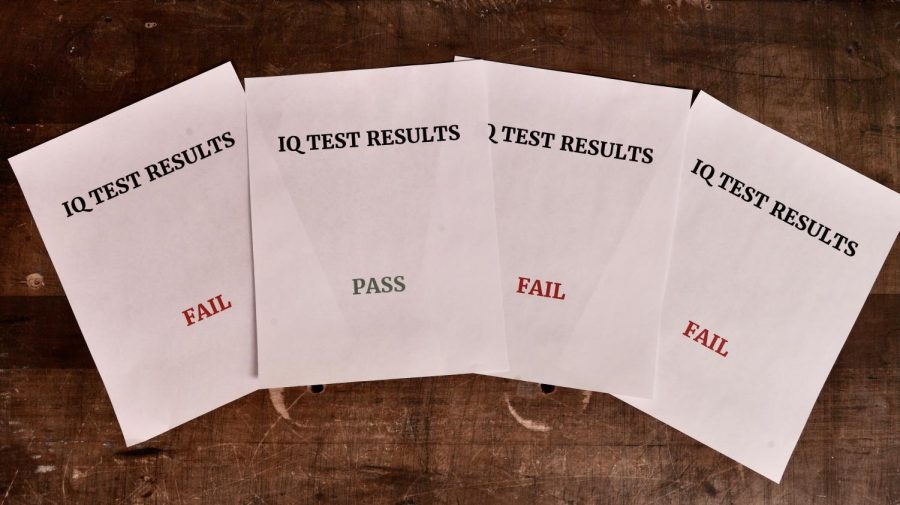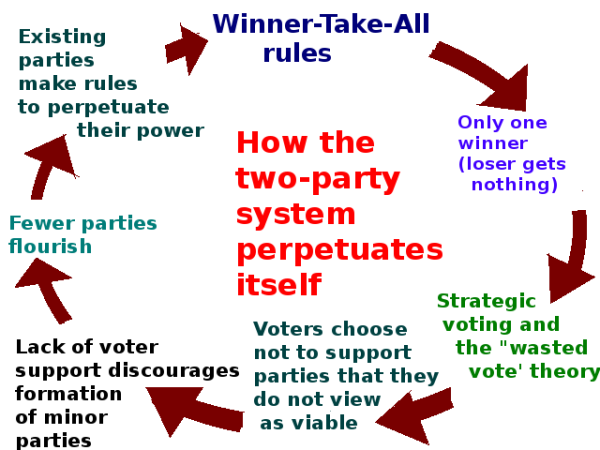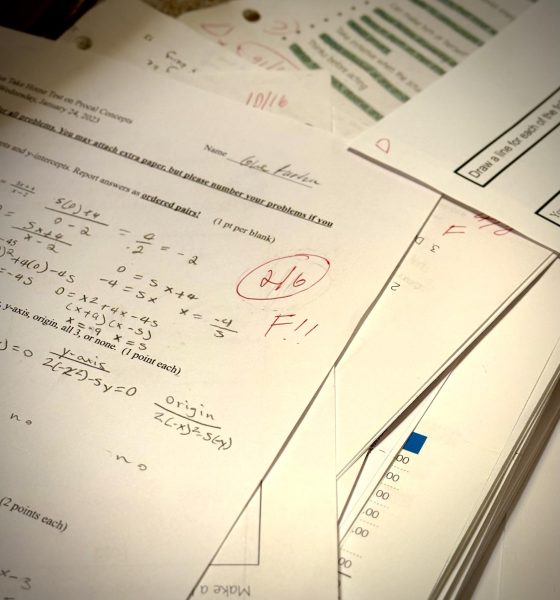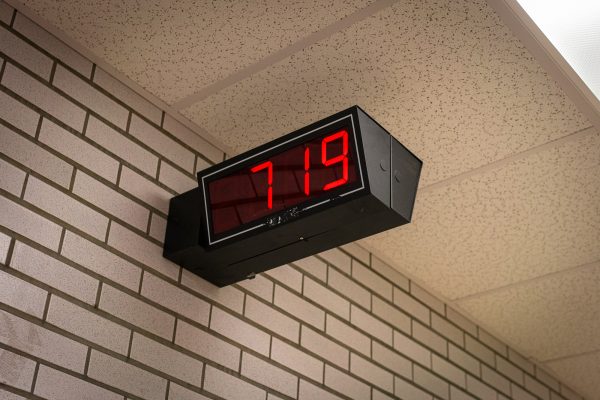Opinion: A Flawed System
Many parents strive for their children to gain admittance to gifted programs, but the methods schools use to determine giftedness is insufficient and potentially harmful.
IQ tests often do not measure one’s true ability to have classroom success.
May 2, 2022
When I was in elementary school, I was placed in classes for extra help in math. I was never a good test taker, so my grades were not as high as my classmates’ grades were.
While I would like to say that needing the extra help did not bother elementary school me, I was envious of other students who also placed in special class but for the opposite reason. These students were admitted to the gifted program.
It is commendable that North Allegheny has such a thriving gifted program, but I question both the way students qualify for the program and the message it sends to other students from a young age.
Let me be clear, however. NA’s GOAL program is fundamentally no different from gifted programs in other districts across the country. This article, therefore, is not anti-NA GOAL. It simply takes a closer look into a national program that has serious flaws.
I am not a GOAL student. I was never recommended for the gifted program, and my parents (who are both long-time elementary school educators) never decided to have me tested for GOAL.
Regardless, the gifted program has had an effect on me over the past 12 years.
The first thing I disagree with about the gifted program is its standard of identifying gifted students. According to the National Bureau of Economic Research, most candidates need a score of 130 points in order to qualify for a gifted program. Depending on the school district that a student attends, there could be different testing and identification procedures for GOAL. Some schools require an interview, while others rely strongly on teacher recommendations.
Regardless of a school district’s methodology, the bottom line is the fact that to be considered “gifted” a student for the most part must be an excellent test taker. For instance, a student could have an extremely high IQ but also have poor work habits, yet in many districts the IQ score alone is enough to warrant gifted status. Student who experience intense test anxiety, which is shown to affect nearly 40-60% of students, are at a significant disadvantage.
There is an argument that keeping gifted students in classes that intended for regular students is counterproductive to their educational process. However, a study done by the Hechinger Report shows that 2,000 elementary schools in three different states are not teaching significantly more advanced content in their gifted classes as compared to their regularly-paced classes.The report suggests that in the long run, it is “academic self confidence, leadership skills and social and emotional learning,” that are more necessary and beneficial to a student’s education over the typical accelerated math and reading courses.
There is an anecdote about testing a fish repeatedly on its ability to climb a tree. Because the fish is not naturally able to climb a tree, the fish would live its entire life thinking it was dumb and did not fit in with society. The same principle can be applied to gifted education.
But why do we call it the “gifted” program? Does the label not imply that the students in the program were awarded their brainpower, therefore insinuating that they did not and do not have to work hard to perform better than others? By automatically marking these students as naturally more intelligent than their fellow peers, it has the potential to devalue the hard work of other students who are not labeled “gifted.”
I personally have benefitted from the gifted program’s Individualized Opportunities (IOs) this year despite not being in the GOAL program. My Latin class went to the science center to visit an exhibit on the eruption of Mount Vesuvius, and I really enjoyed the trip.
If gifted programs across the country were more inclusive, more students would view the program as welcoming and as something that helps everyone, not just gifted students.












